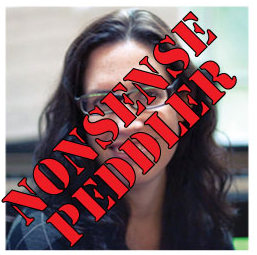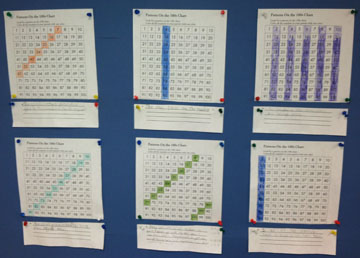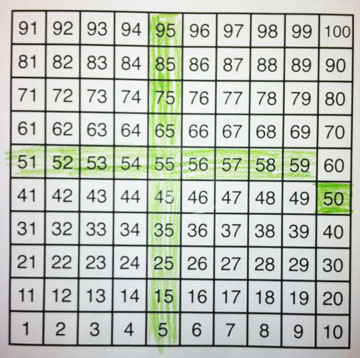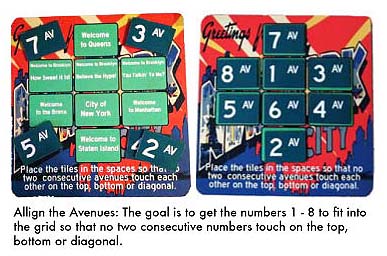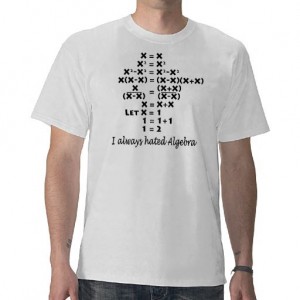There seems to be no shortage of “expert” advice when it comes to the “flipped classroom,” (which you can read about here, here and here) and as I read the enduring hoopola about classrooms that are adopting this style of learning, it gets me to dreaming: in what kind of alternate universe would this work? If you consider that one of the most visible proponents of this ideology is the one and only Sal Khan, who makes his home in an upscale locale called Mountain View, California, then you’ll quickly figure out who stands to benefit the most from this type of “instruction.” Many of us, however, are not fortunate to live in a community where the median family income is over $100,000. (which makes it double the median family income in the United States, by the way) putting Khan in an entirely different universe from the one in which many of us live. Many teachers working in urban school districts are attempting to make things work in communities where resources are less generously distributed, which is better known as “THE REAL WORLD.” This world bears little relation to the ones modeled in the “flipped classroom.” So let’s pause for a moment and consider the world of those who advocate the “flipped classroom,” and compare/contrast it with THE REAL WORLD.
In the fantasy world of the flipped classroom, the student attends a school where s/he can drop into the school’s computer lab anytime s/he likes, so that s/he can watch the video lecture whenever s/he likes, either before school, after school or even in the 10 minute break before the class is scheduled to start. If s/he is involved in an afterschool athletics, arts or academic program, s/he will usually head to a comfortable homes where, with some gentle prodding, s/he will fire up the latest model computer with a high speed internet connection and settle down in a quiet and private space to watch the 15 minute video on adding and subtracting fractions.
The student in this alternate universe pays rapt attention to the lecture, takes copious notes, and replays the parts which are difficult, unclear, or inaccurate (all of which are very likely.) The student arrives at the classroom where the teacher, who has ample supplies, plenty of professional support, and a beautiful, sun drenched classroom, will engage the students in an engaging, properly differentiated problem solving activity based on the video that all the students viewed and eagerly digested before they came to class. Sounds pretty ideal, right?
In “THE REAL WORLD,” there is a computer lab, but it is not available during the day because the school is overcrowded and it gets used every period of the day. The student goes to an afterschool program which is in a crowded cafeteria that has no internet available, which is not a problem, because nobody has a laptop or tablet anyway. If somone did, it would be so old that it could not play the videos, or the internet speed would be so slow that it could not show the video all the way through. Perhaps the student attempts to view the video on a smartphone, but the screen is so small and the sound so bad that s/he can’t make out what is going on. There is a teacher available to help the student with his/her homework, but since that homework involves watching and taking notes on a video that can’t be viewed, the teacher is of no help.
In THE REAL WORLD, the child comes home to a small apartment where there is a single computer shared by the entire family. After waiting for his/her turn (because his/her siblings are also in “flipped classrooms,”), the student sits down to watch the video, but there are many other competing distractions once the computer is turned on: s/he checks his/her Facebook page, then uploads a few Instagram photos, reads the last 50 tweets from a favorite celebrity, and don’t forget the 100,000,000 videos that are available on YouTube, 999,999,999 of which are far more entertaining than the one on fractions.
In THE REAL WORLD the student rushes through the video, but barely makes out what is going on because there is music blasting from the other side of the room. S/he watches it once, and then returns his/her attention to more important things, like playing video games. All this is moot if the student is not fully English proficient, because although the video may be viewable in Spanish, it is in an incomprehensible dialect the student can’t understand.
In THE REAL WORLD the student rushes to school on a train or bus, where all memories of last night’s video fades into the background. His/her teacher asks how many students watched the video the previous evening, and 8 kids out of the 35 have seen it; of those 8, perhaps 2 can recall in detail what it was about.
In THE REAL WORLD, the teacher, who is most likely not trained to teach mathematics, struggles to replicate the lesson on the video, since 90% of the class is unprepared, but the kids who watched it at home are bored, and the kids who didn’t watch it are also bored, because lectures, especially those about fractions are, well, boring!
In THE REAL WORLD, the teacher realizes that the notion of “flipping the classroom” is only doable in some alternate universe that one sees in textbooks and on half-hour sitcoms; the only point of intersection between THE REAL WORLD and that of the “flipped classroom” is that it involves children and learning, but little else. After 10 years of classroom experience, the teacher knows full well that s/he has absolutely no control over what takes place beyond the 40 minutes the student spends in the class each day.
When I ponder the notion of “Flipping the Classroom,” it reeks of so many other “inovations” which on the face of it, appear to be logical and seamless. The reality is that, like many other initiatives of this type, it can only succeed in some kind of strangely homogenous universe which bears little relation to reality, a universe which appears to be primarily suburban and most definitely middle to upper class. To be honest, anything done with these student populations to improve the quality of learning would increase their test scores, because the variables are so easy to control.
In THE REAL WORLD, things are very different, and it’s not because the kids who inhabit THE REAL WORLD are any less capable. Those of us who have worked in this world know and understand that solving the challenges these students face will require a lot more innovation than assigning a YouTube video for homework. If the experts really thought they were changing the nature of education, they would start by figuring out how to make a “flipped classroom” work for those students who spend their time living in THE REAL WORLD. Until that time, it’s just something that happens ELSEWHERE.

